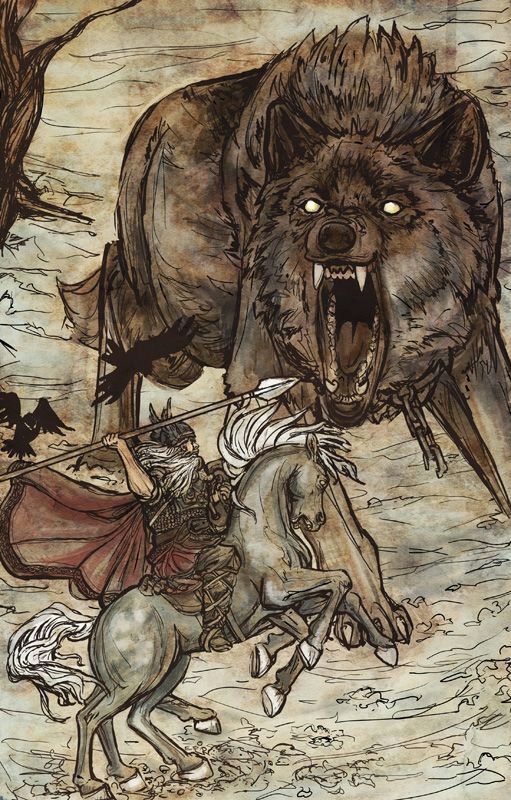


3) You’ve experienced a near-death, out-of-body or mystical experience Because of their unique gifts and sensitivities, Shamans could never fit into typical society because they acted as the bridges between this world and the unseen worlds. However, they were respected because of the wisdom they shared. Shamans in most cultures were solitary individuals (often living in the outskirts of the village), and they were often considered eccentric or “different.” 2) You enjoy solitude and find it hard to fit in with others Nothing embodies this understanding better than nature, how it nurtures us, and how we nurture it in a mutually dependent relationship. Shamans understand “the web of life” that everything on Earth is deeply interconnected through the web of Spirit. Here are some of the signs you might experience if you’re being called to the Shamanic path: 1) You feel a strong connection to nature Most people undergoing a shamanic calling won’t understand what is happening to them and will, therefore, feel overwhelmed by fear.īut it’s through training that the Shaman-in-making becomes a master of the sacred of being abe to effectively find, protect, and use the creative but intense energies of the sacred for therapeutic or other beneficial purposes.
#Different shaman wolf forms how to
In the past, you were trained by a mentor or an older Shaman but in today’s world, most Shamans won’t know how to recognize their calling to even begin their training. There are three stages of becoming a Shaman: the Calling, Training, and Initiation process. It’s because of this initiation process that Shamans are often called “Wounded Healers.” 11 Signs of the Shamanic Calling By learning how to cure themselves, they also learn how to cure others.
#Different shaman wolf forms free
It’s often through great struggle that Shamans break free from their illnesses and awaken to the truth. This experience echoes Socrates notion that “ Our greatest blessings come to us by way of madness.“ In tribal cultures, shamans or healers often experienced an illness that gave them the insight they needed to heal themselves and then bring wisdom to their people. Shamans worldwide know that in order to understand society and live more fully attuned to reality, they need to go wild, travel out of their normal minds, and visit the invisible world of Spirit, which is the undercurrent of the visible world.īy accessing the invisible realm, Shamans can tap into a powerful way of guiding their lives and the lives of others.īy the time we become adults, most of us are so alienated from ourselves and the earth, indoctrinated by media, and deluded by “false needs” created by the consumer culture, that there’s little hope for us connecting with the other worlds surrounding us. It’s these moments of ecstasy, of ego death, that provide an experience of reality that is larger, deeper, and infinitely more exquisitely beautiful. The scholar of comparative religion and anthropologist Mirca Eliade gave us the most simple shaman definition as “specialists in ecstasy,” with an impressive list of abilities including thought-reading, clairvoyance, firewalking, and spirit interaction, just to name a few. The shaman, therefore, excites himself into a divine frenzy or ecstasy through drum beating and dancing, until he passes into a trance when his spirit leaves his body. The word “Shaman” first originated in Siberia as the word “ samarambi” meaning “to excite oneself,” and “ sam-dambi” meaning to dance. The Shaman doesn’t pursue meaning: he or she creates it by bringing the sacred to an otherwise mundane reality. Unlike most religions where the main concern is finding answers, the Shaman is more interested in provoking you to ask the right questions that will lead you to experience truth. These techniques ranged from chanting, fasting, and nature immersion, to incessant trance dancing and ingesting hallucinogenic plants.

The different number of spiritual techniques used to expand our conscious and provoke mystical experiences was astonishing. Shamanic practice is the earliest known form of religion that our ancestors experienced. What is a Shaman?Īt its most basic level, shamanism can be understood as a collection of ancient techniques that help to awaken and expand consciousness, as well as heal humanity’s inner wounds. But before this experience, I had to first understand and identify the signs of my shamanic calling. It was up to me to avoid the rapids and control the currents by making the song more beautiful, by begging the Spirit of the herb to guide and heal me. I was canoeing through the infinite stream of the unconscious mind, and the song was my solitary paddle.


 0 kommentar(er)
0 kommentar(er)
